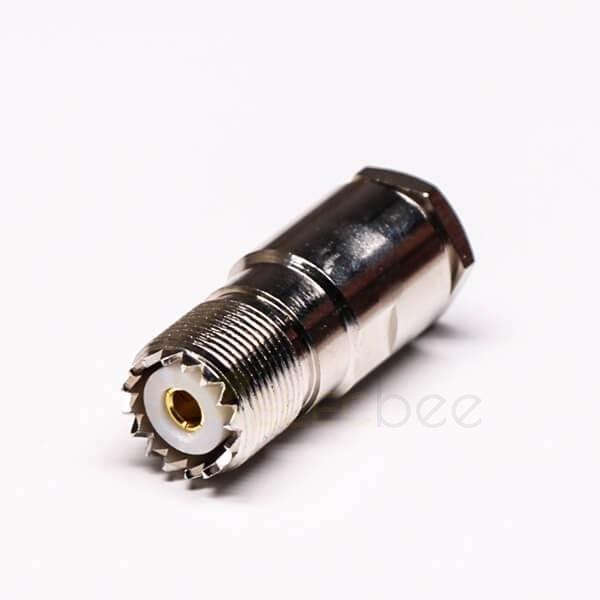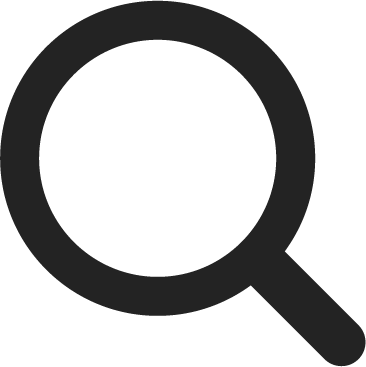UHF connectors, also known as "PL-259" and "SO-239" connectors, are commonly used in radio frequency (RF) applications. They are known for their durability, low cost, and ease of use. In this article, we will explore what UHF connectors are, how they work, and some common applications for them.
What is a UHF Connector?
A UHF connector is a type of coaxial connector used in RF applications. It is designed to operate in the ultra-high frequency (UHF) range, which covers frequencies between 300 MHz and 3 GHz. The connector consists of a threaded outer conductor and a central pin that is surrounded by an insulator.
One of the most common types of UHF connectors is the PL-259 connector, which is used for connecting coaxial cables to antennas, amplifiers, and other RF equipment. The SO-239 connector is a female version of the PL-259 and is typically used on the equipment side of the connection.

How Do UHF Connectors Work?
UHF connectors work by creating a connection between the outer conductor of the connector and the outer conductor of the coaxial cable. The central pin of the connector makes contact with the center conductor of the cable. This creates a continuous electrical path between the cable and the equipment it is connected to.
The threaded design of the outer conductor helps to create a secure connection between the connector and the equipment. The threads are designed to be self-locking, which means that they will not come loose over time due to vibration or other factors.
One of the benefits of UHF connectors is their ability to handle high power levels. This makes them ideal for use in RF applications where high power levels are required, such as in broadcasting and military communications.
Common Applications for UHF Connectors
UHF connectors are commonly used in a variety of RF applications, including:
- Antennas: UHF connectors are often used to connect antennas to radios, amplifiers, and other RF equipment. They are ideal for this application because they provide a secure and reliable connection that can handle high power levels.
- Amplifiers: UHF connectors are also used to connect RF amplifiers to antennas and other equipment. They are ideal for this application because they can handle the high power levels that are often required by amplifiers.
- Radios: UHF connectors are used to connect radios to antennas and other equipment. They are ideal for this application because they provide a secure and reliable connection that can handle high power levels.
- Test Equipment: UHF connectors are commonly used in test equipment, such as spectrum analyzers and signal generators. They are ideal for this application because they provide a secure and reliable connection that can handle high power levels.
UHF Connector Maintenance and Care
To ensure that UHF connectors continue to function properly, it is important to take care of them and perform regular maintenance. Here are some tips for maintaining and caring for UHF connectors:
- Check the connectors regularly for signs of wear and damage. Look for signs of corrosion, rust, or other damage that could affect the performance of the connector.
- Clean the connectors regularly to remove dirt, dust, and other debris. Use a soft cloth and a mild cleaning solution to gently clean the connectors.
- Inspect the connectors for proper alignment. Make sure that the central pin of the connector is properly aligned with the center conductor of the coaxial cable.
- Tighten the connectors securely. Make sure that the threads of the connector are properly tightened to ensure a secure and reliable connection.
Conclusion
UHF connectors are an important component in many RF applications. They are known for their durability, low cost, and ease of use. By understanding how UHF connectors work and how to care for them, you can ensure that your RF equipment operates properly and reliably. Whether you are using UHF connectors for antennas, amplifiers, radios, or test equipment, they provide a secure and reliable connection that can handle high power levels.

